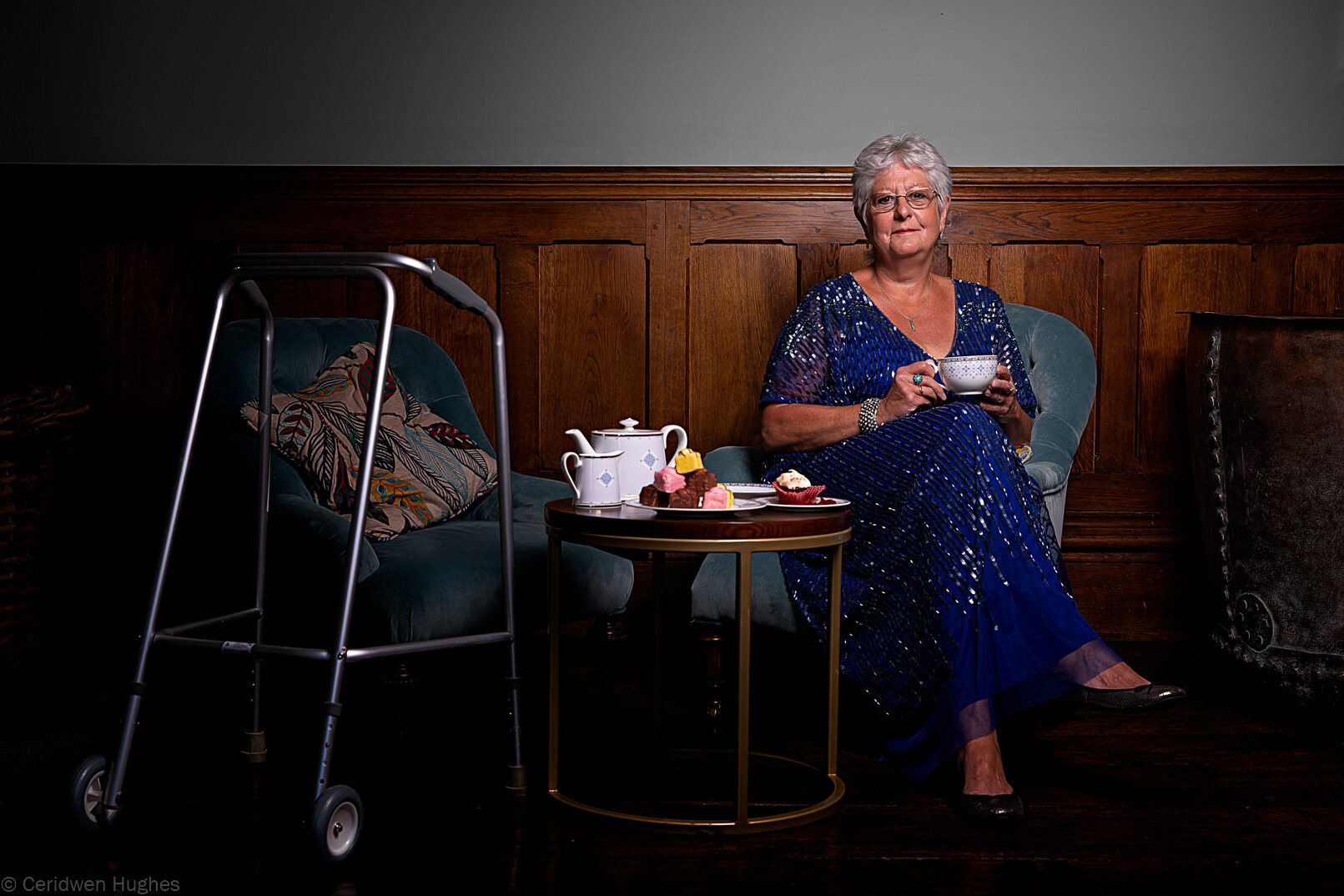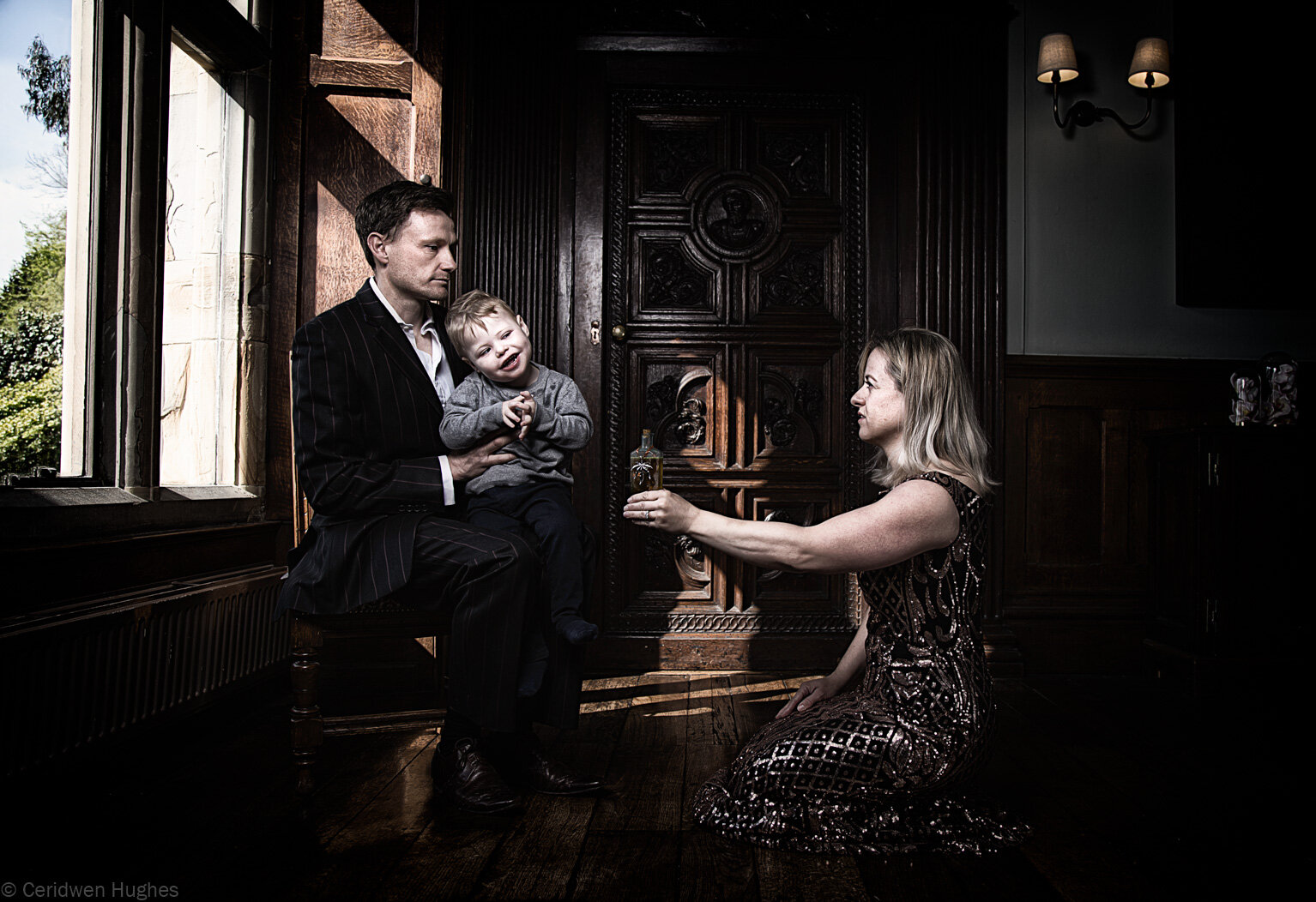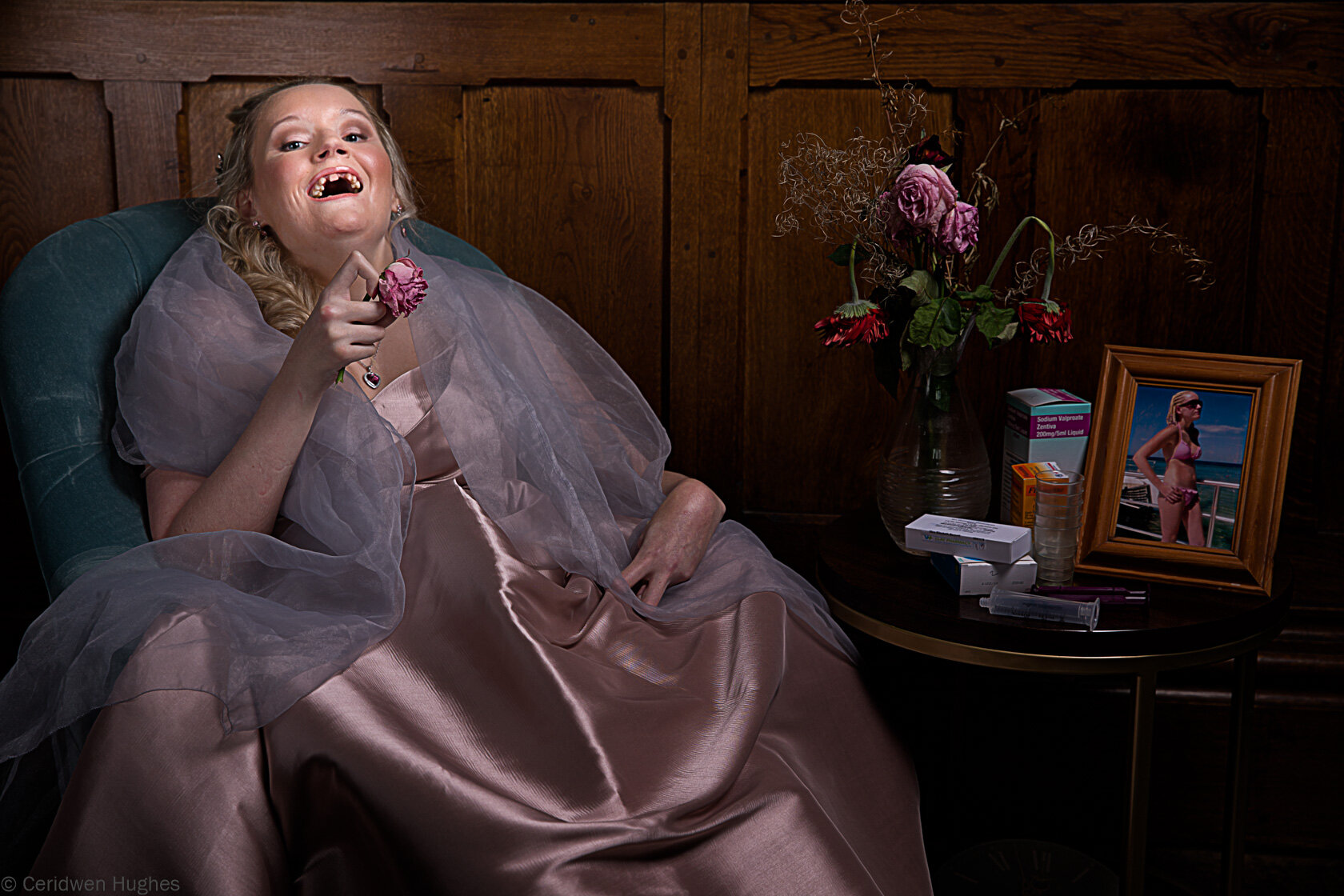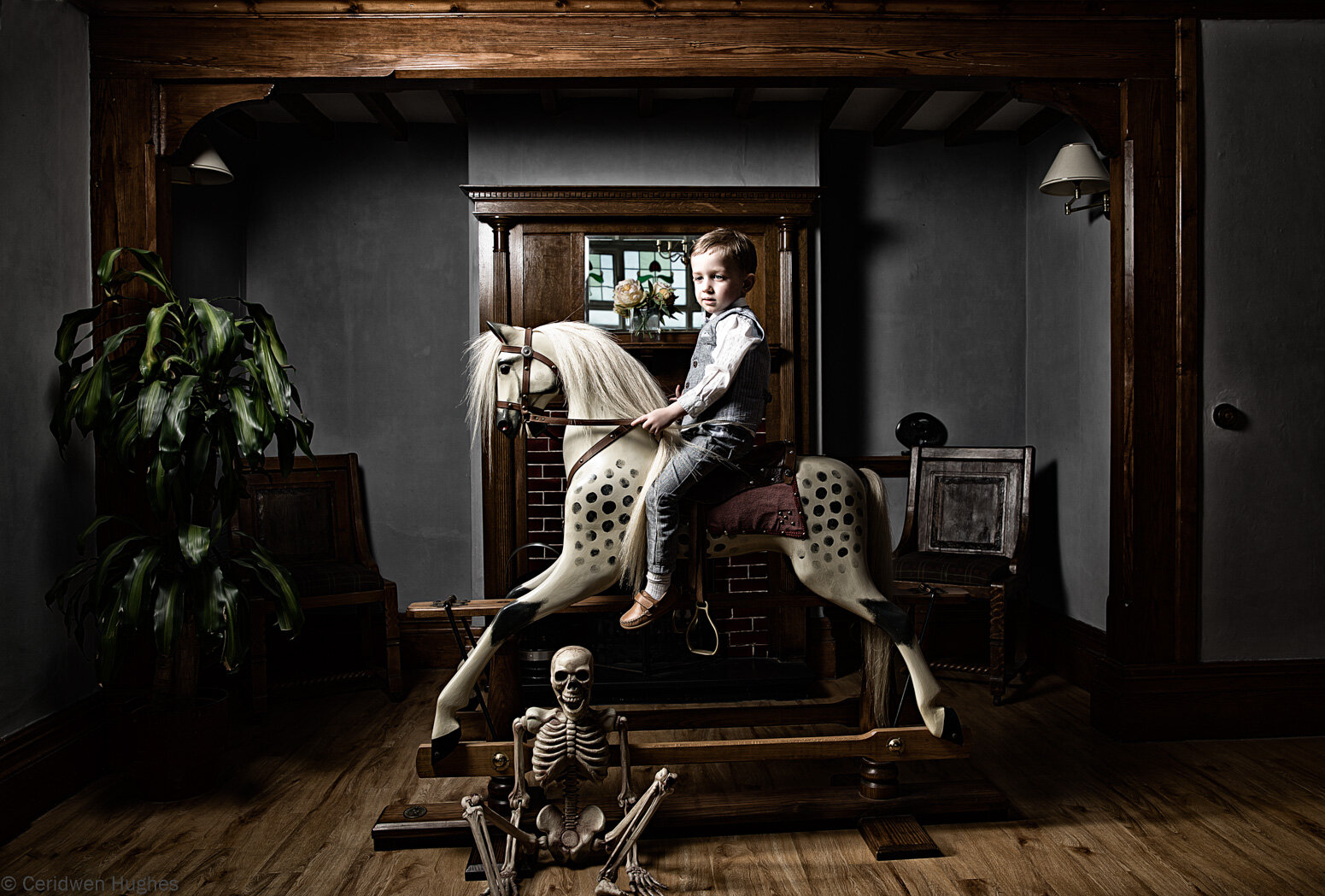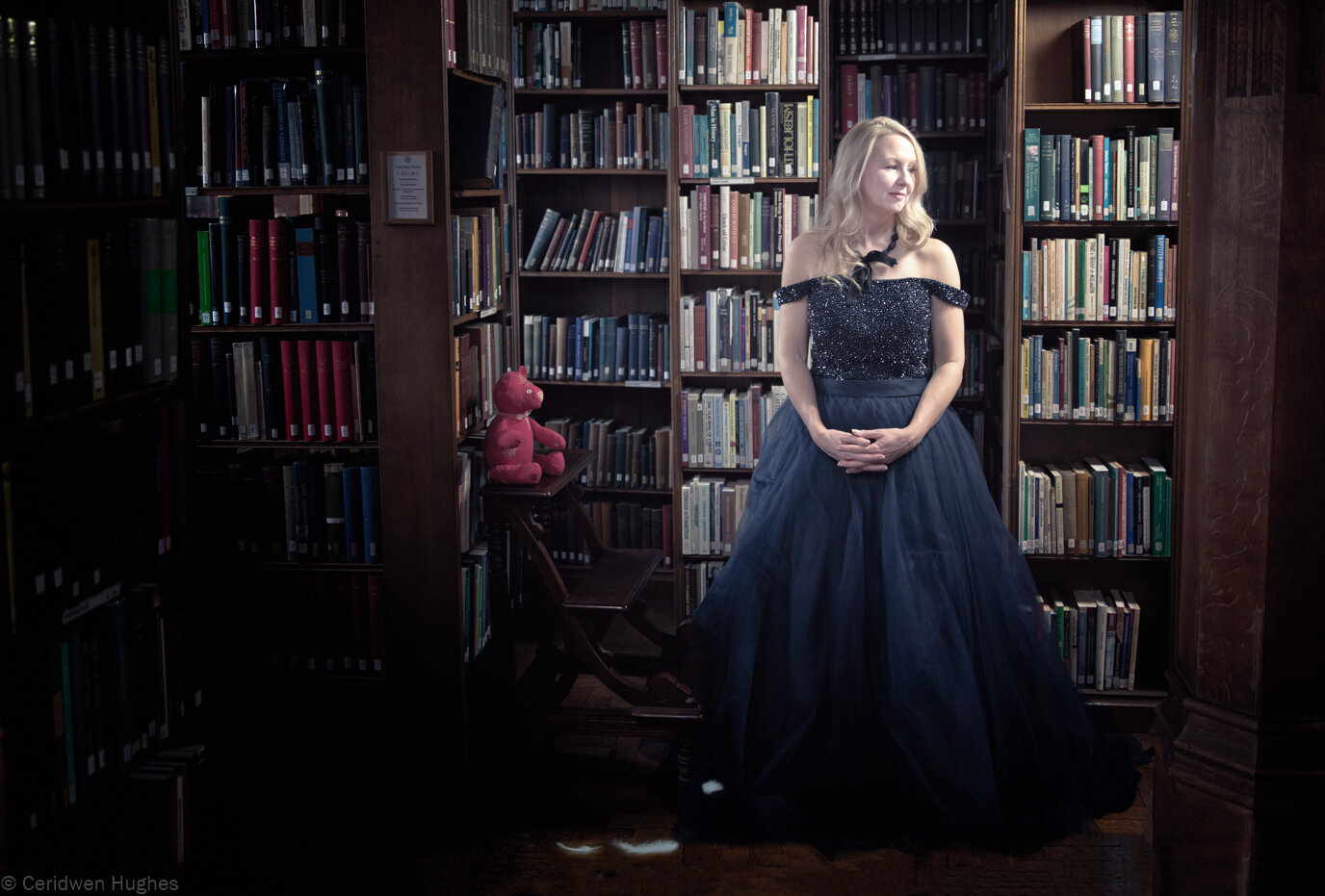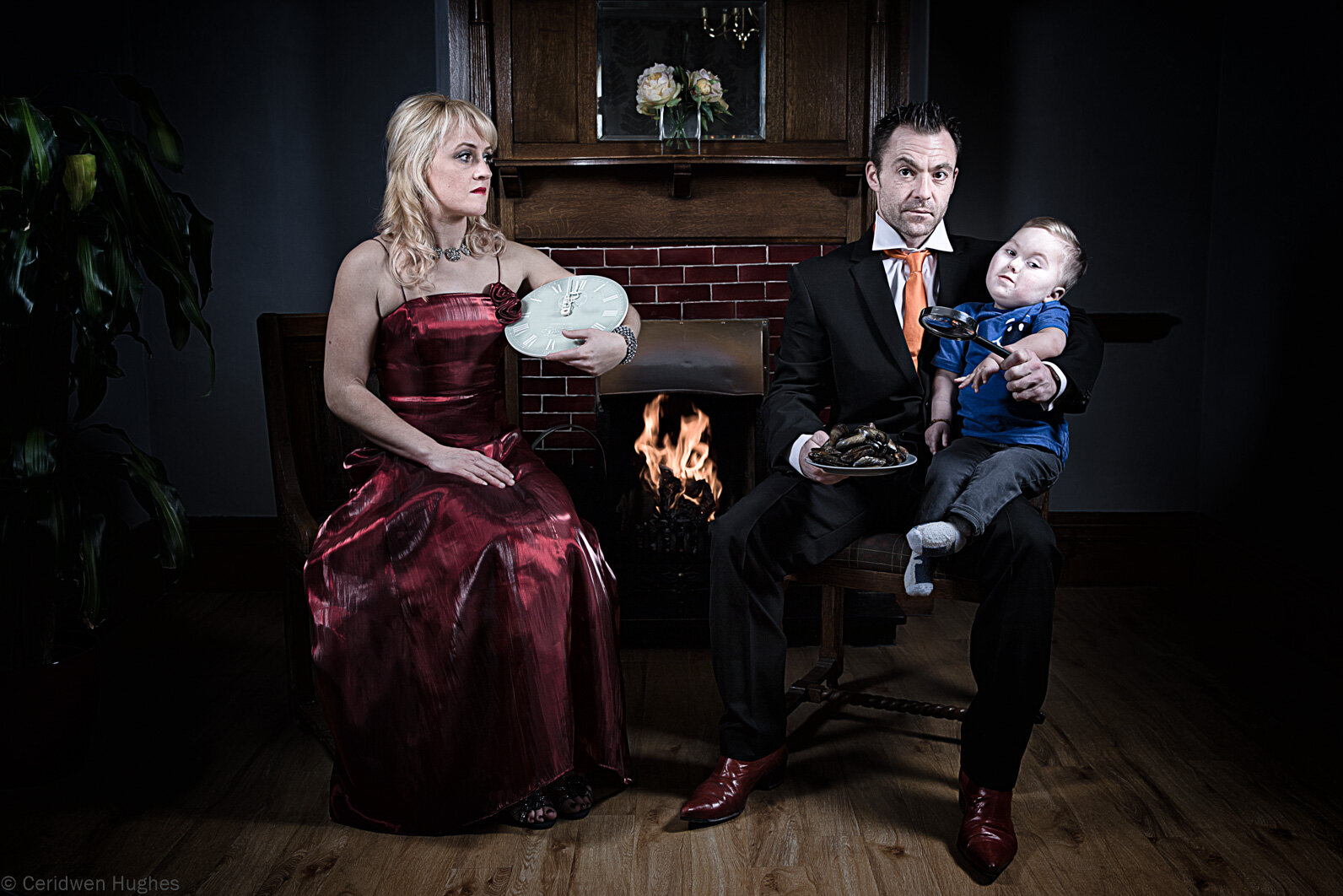Lucy
“If I could tell people one thing it would be that having a rare disease does not make you a weirdo. We're just as normal as you, we just have a few quirks... I just want people to treat me normally and accept our differences.”
"I have Ehlers-Danlos Syndrome Type 3 which means I am hypermobile. It is a soft tissue connective disorder which can affect anywhere in the body. Because it’s a collagen deficiency as well, it can affect anywhere in your body from your brain to veins or even your heart. It just has an effect everywhere.
I first realised there was something wrong in 2011. I was on my bed and all of a sudden my wrist starting burning. It was really weird and it started to come up in a blister. At first we thought it might have been a bite but within 48 hours I was on a paediatric ward in the local hospital because I had blisters all over my legs and on my back. Looking back at my childhood there was obvious signs, but it is common for people with EDS not to get diagnosed until they’re in the their teens, because symptoms normally start becoming worse when they’re going through teenage hood.”
“I first realised there was something wrong in 2011. I was on my bed and all of a sudden my wrist starting burning. It was really weird and it started to come up in a blister.”
“In addition to the blisters, my speech was affected when I was growing up and I have a condition associated with it called Pots which is a Heart condition. As recent as 2017 I also lost all my hair. I had really long hair that just fell out in the space of just 48 hours.
As a 17 year old girl to lose all my hair was huge. I felt really ugly and just didn’t want anyone to see me. I didn’t go to college for two weeks, I refused to leave the house. I thought that people are going to look at me and know I was sick. Before then people often did not know I had EDS because it is invisible but suddenly people could see there was something wrong.
On the flip side when you have an invisible condition sometimes people do not understand that just because you’re wearing make-up and look well that you can still feel so poorly. I suffer from chronic fatigue and that is so it is hard to explain to people as they just don’t understand it is not simply tiredness.Having a rare disease as a teenager has impacted on me massively. When I initially became ill I was right at the start of my teenage years and building my first proper friendships. I have only really got one proper friend who has stuck by me. There was a time when I missed a year and a half of school because of EDS and so I’ve basically had no friends or social life for a few years. I’m just starting to get it back now. When you’re in hospital, you meet friends that are going through the same thing as you, but when you leave hospital you have no one that’s going through the same thing as you and it is hard.”
“As a 17 year old girl to lose all my hair was huge. I felt really ugly and just didn’t want anyone to see me. I didn’t go to college for two weeks, I refused to leave the house.”
“If I could tell people one thing it would be that having a rare disease does not make you a weirdo. We’re just as normal as you, we just have a few quirky little bits about us. I can dislocate really easily and sometimes in college my shoulder will pop out, for example, and I’m just there putting it back in. I get these really weird looks. I just want people to treat me normally and accept our differences."
What is Ehlers Danlos?
Ehlers-Danlos syndromes (EDS) are a group of rare inherited conditions that affect connective tissue. Connective tissues provide support in skin, tendons, ligaments, blood vessels, internal organs and bones.
There are several types of EDS that may share some symptoms, including:
an increased range of joint movement (joint hypermobility)
stretchy skin
fragile skin that breaks or bruises easily
The different types of EDS are caused by faults in certain genes that make connective tissue weaker. Depending on the type of EDS, the faulty gene may have been inherited from one parent, or both parents. Sometimes the faulty gene isn't inherited, but occurs in the person for the first time. You can find out more information from www.ehlers-danlos.org
VIEW THE OTHER STORIES IN THE BEAUTY OF RARE EXHIBITION
If you wish to discuss this project or reproduce any images or story, please contact ceri@samebutdifferentcic.org.uk. The photographer on this project is Ceridwen Hughes (www.ceridwenhughes.com)




